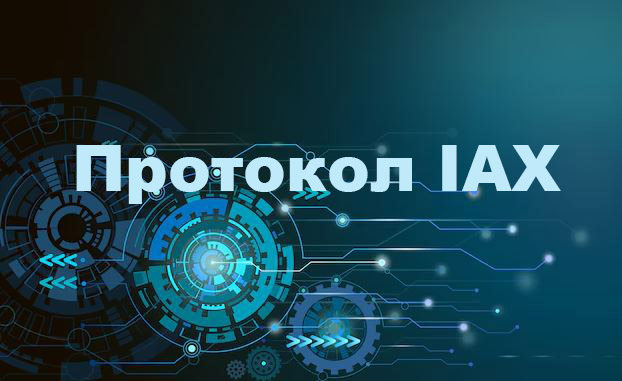IAX: The Game-Changing Protocol for VoIP Communications.

In a world where VoIP technologies are rapidly evolving, the Inter-Asterisk Exchange (IAX) protocol stands out for its uniqueness and functionality. This article offers an in-depth look at IAX, revealing its features, development history, and its influence on the internet telephony realm.
Historical Context and Development:
Developed by Mark Spencer from Digium (now part of Sangoma Technologies Corporation) in the early 2000s, IAX was conceived to efficiently interconnect Asterisk PBX systems. It was designed to be a lightweight, effective VoIP protocol, optimized for transmitting voice and video over IP networks.
Technical Description and Usage:
IAX is unique in its capability to handle all VoIP traffic through a single UDP port, facilitating the traversal of firewalls and NAT. The protocol supports multiplexing of voice channels, call control, as well as encryption and authentication.
Advantages and Disadvantages:
Among the advantages of IAX are high performance and low latency, simplified firewall traversal, and built-in encryption support. However, its usage is limited to the Asterisk ecosystem, and it is less widespread compared to protocols like SIP.
Real-life Examples:
IAX is employed by various companies to set up distributed telephony systems that demand resource efficiency and high flexibility in VoIP connections.
Expert Opinions:
"IAX presents an intriguing alternative to standard VoIP solutions, and its ability to circumvent a number of limitations makes it a viable choice for many business scenarios," says Jean-Philippe Clair, an expert in the field of VoIP.
Considering Alternative Approaches:
Despite the unique benefits of IAX, alternative protocols such as SIP enjoy broader support and are constantly updated to meet changing security and functionality requirements.
Concluding Thoughts:
IAX remains a protocol that provides a reliable and efficient foundation for many VoIP systems.
Despite the competition and the rapid technological advancements, it continues to offer significant solutions within the communications industry, affirming that in the race for innovation, sometimes the less popular options can offer unparalleled advantages.

